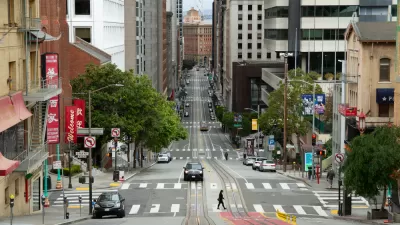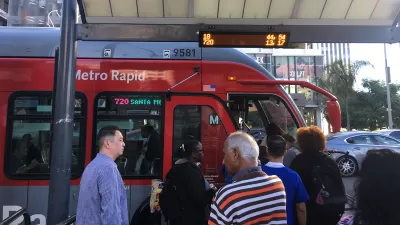It's a tale of two cities as New York starts to emerge from the pandemic.

Ginia Bellafante writes that New York City is "newly awakened to pleasure." Outsiders might be surprise to see a city full so much evidence of that pleasure—"[from] biking everywhere, to dining sheds covered in peonies, to jazz bands turning up in Prospect Park on random weekdays, to Little Island and drinking orange wine at lunch.
Unfortunately, these scenes of joyful late-stage pandemic life are "hardly a reality for most New Yorkers," according to Bellafante. "To the contrary, a recent survey of 700 workers in Astoria, Queens, conducted by the New School’s Center for New York City Affairs, found that of the third laid off during the past year, only 38 percent have returned to work."
This discussion of the post-pandemic city is place in context of the city's upcoming mayoral election. The Democratic primary, expected to determine the eventual winner of the election, is scheduled for later this month. Bellafante's verdict about the next mayor's role in the post-pandemic city: the economic recovery will have to break from the mold of previous recoveries by investing in neighborhoods defined by extreme poverty.
"No one really knows what to do with a neighborhood that cannot gentrify its way to glory," writes Bellafante to conclude the column. "Brownsville isn’t struggling with the question of whether or not to keep outdoor dining sheds. It doesn’t have any."
FULL STORY: New York City Can’t Just Gentrify Its Way Back to Normal

Planetizen Federal Action Tracker
A weekly monitor of how Trump’s orders and actions are impacting planners and planning in America.

Congressman Proposes Bill to Rename DC Metro “Trump Train”
The Make Autorail Great Again Act would withhold federal funding to the system until the Washington Metropolitan Area Transit Authority (WMATA), rebrands as the Washington Metropolitan Authority for Greater Access (WMAGA).

The Simple Legislative Tool Transforming Vacant Downtowns
In California, Michigan and Georgia, an easy win is bringing dollars — and delight — back to city centers.

Supporting Cycling Takes More Than Just Bike Lanes
Safe, protected bike lanes are a key part of a city’s bike infrastructure — but secure parking, e-bike charging, and other amenities can also influence people’s shift to cycling.

Judge Blocks Anti-DEI Rules for Transportation, Housing Grants
A second injunction blocks the Trump administration from enforcing new regulations for federal funding.

Unhoused People in San Jose Could Face Arrest if They Refuse Shelter
A policy proposed by the city’s mayor would give law enforcement the option to arrest homeless residents if they refuse three offers of housing.
Urban Design for Planners 1: Software Tools
This six-course series explores essential urban design concepts using open source software and equips planners with the tools they need to participate fully in the urban design process.
Planning for Universal Design
Learn the tools for implementing Universal Design in planning regulations.
Smith Gee Studio
City of Charlotte
City of Camden Redevelopment Agency
City of Astoria
Transportation Research & Education Center (TREC) at Portland State University
US High Speed Rail Association
City of Camden Redevelopment Agency
Municipality of Princeton (NJ)





























